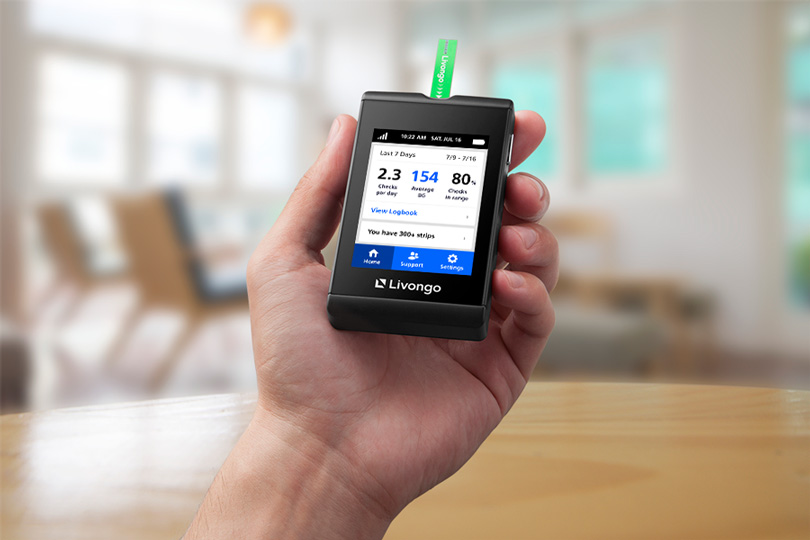Digital health start-up Livongo files for $100m US IPO

Digital health firm Livongo has filed to launch on the US stock market, in a bid to raise $100 million and expand its product offering outside the diabetes market where it has its roots.
In diabetes Livongo provides a smartphone-connected meter, automatically delivered testing materials, plus real-time coaching and monitoring.
The service provides a personalised message to patients tracking their blood glucose known as a “health nudge”, based on the company’s artificial intelligence technology.
In documents outlining the IPO bid filed with the US financial regulator late last week, Livongo said it is also working on services for hypertension, pre-diabetes and weight management, and a behavioural health product called myStrength.
The company said its mission is to reduce prevalence of chronic diseases by giving patients insights into how to liver healthier lives.
Livongo is also noted for its collaboration with the pharma company, Eli Lilly, signing a deal in January last year to conduct real-world studies to develop new insights into diabetes.
The research aims to combine real-world behavioural studies and insurance claims data to advance knowledge about effective interventions in diabetes care.
Goals include measuring the impact of remote diabetes self-management education and support on clinical and healthcare cost outcomes.
The partners want to understand drivers of health behaviours, and how people living with diabetes can stay more actively involved in their health.
A 2017 study of Livongo’s digital diabetes care programme, published in the Journal of Medical Internet Research, showed those using it experienced a decreased likelihood of high and low blood glucose reading.
There was an average 16.4% decrease in high blood glucose and an average 18.4% decrease in the likelihood of having a day with low blood glucose in the study population.
However the company is loss-making – it was $33.4 million in the red last year, an increase in losses from the $16.9 million incurred in 2017.
Losses in Q1 this year were $15 million, compared with $4.2 million in the first quarter of 2018.
However revenue more than doubled between 2017 and 2018 to $68.4 million, and revenues for Q1 2019 were $32.1 million.











